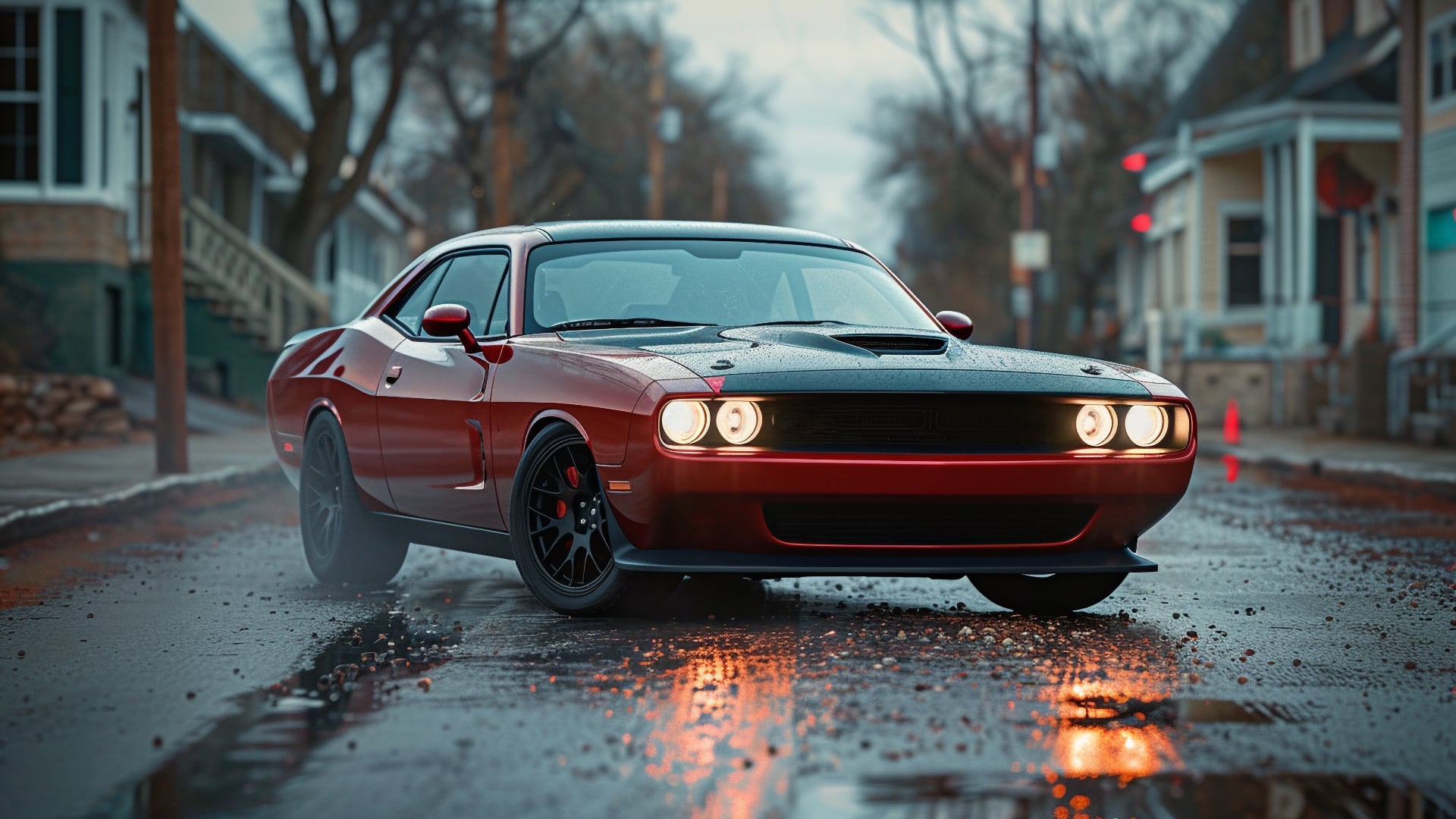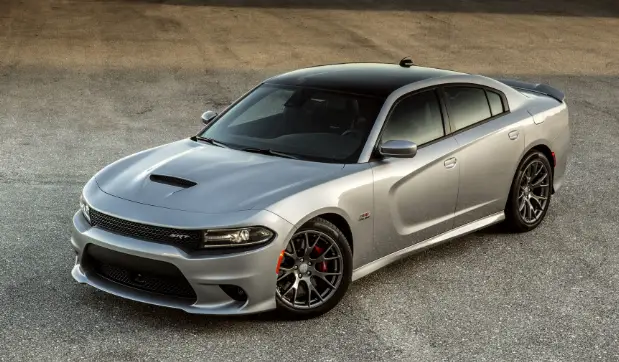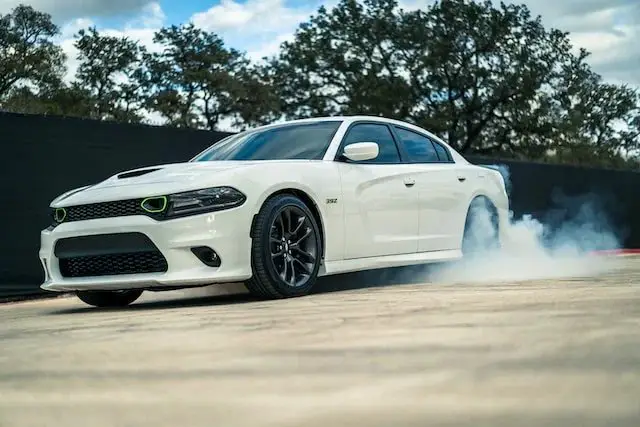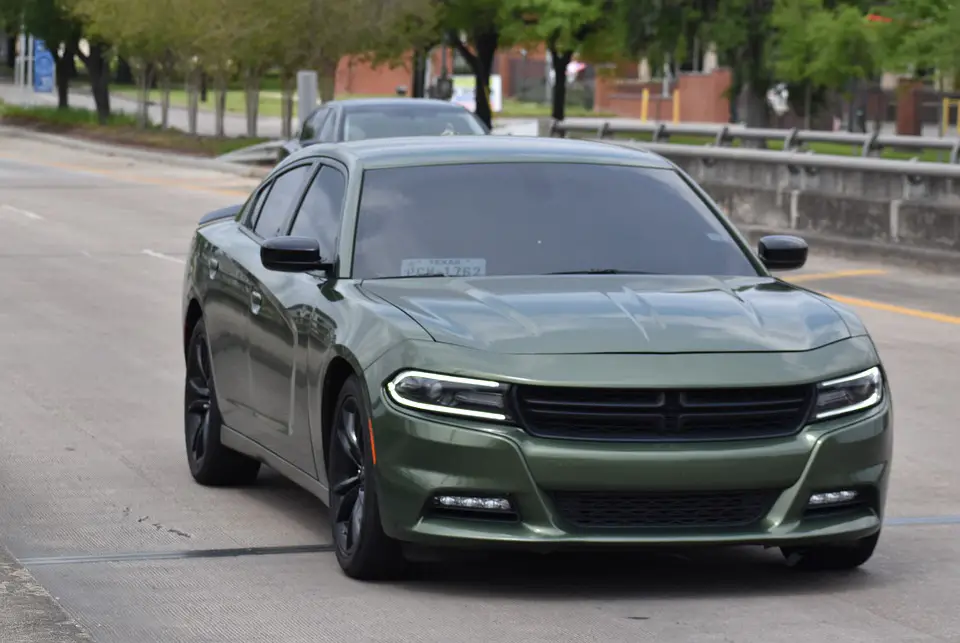Navigating the Dodge Charger Landscape: Identifying Years to Avoid
Navigating the Dodge Charger Landscape: Identifying Years to Avoid
Introduction
With enthusiasm, let’s navigate through the intriguing topic related to Navigating the Dodge Charger Landscape: Identifying Years to Avoid. Let’s weave interesting information and offer fresh perspectives to the readers.
Table of Content
Navigating the Dodge Charger Landscape: Identifying Years to Avoid

The Dodge Charger, a muscle car icon, has a storied history spanning generations. While many model years offer thrilling performance and iconic styling, certain years are known for their share of problems, making them less desirable for prospective buyers. This article aims to provide a comprehensive guide to the Dodge Charger model years that should be approached with caution, highlighting the key reasons behind these concerns.
The Early Years: 1966-1970
The first-generation Dodge Charger, produced from 1966 to 1970, is a beloved classic, boasting a distinctive fastback design and powerful engine options. However, the early years of this generation, particularly 1966 and 1967, are often associated with reliability issues. The 383 cubic inch V8 engine, while powerful, could be prone to overheating and other mechanical problems. Additionally, the early Chargers were known for their susceptibility to rust, especially in areas with harsh climates.
The Second Generation: 1971-1978
The second-generation Charger, introduced in 1971, saw a significant departure from its predecessor, adopting a more rounded, less aggressive design. This generation was heavily influenced by the fuel crisis of the 1970s, resulting in smaller engines and a focus on fuel efficiency. While these changes were necessary for the time, they diminished the Charger’s performance and iconic muscle car image. The later years of this generation, particularly 1975 and 1976, saw a further decline in quality, with reports of poor build quality and unreliable components.
The Third Generation: 1978-1983
The third generation, launched in 1978, marked the end of the Charger’s original run. This generation was essentially a rebadged and slightly updated version of the second-generation model, retaining its rounded design and smaller engines. While this generation wasn’t plagued by significant reliability issues, it lacked the performance and charisma of its earlier counterparts, making it less desirable for enthusiasts.
The Modern Era: 2006-Present
The Dodge Charger was revived in 2006, adopting a modern interpretation of the iconic nameplate. While the modern Charger has seen numerous updates and improvements over the years, certain model years stand out for their share of issues.
2006-2008: Early Model Year Problems
The initial years of the modern Charger saw a few common issues. The 2006-2008 models were plagued by transmission problems, particularly with the 4-speed automatic transmission. These transmissions were known for slipping, shuddering, and premature failure. Additionally, these early models were prone to electrical gremlins, including issues with the power steering and the electronic throttle control.
2011-2014: Engine and Transmission Woes
The 2011-2014 model years saw a surge in complaints related to the 5.7L Hemi V8 engine and the 8-speed automatic transmission. The Hemi engine was prone to oil leaks and premature valve guide wear, while the 8-speed transmission was known for its rough shifting and occasional failure.
2015-2017: Infotainment and Electrical Issues
While the 2015-2017 models saw improvements in engine and transmission reliability, they faced a new set of challenges related to the infotainment system and electrical components. The Uconnect infotainment system was prone to glitches, slow response times, and occasional freezing. Additionally, these models experienced issues with the electrical system, including faulty sensors and wiring problems.
2018-Present: Continued Refinement and Evolution
The later model years of the modern Charger, from 2018 onwards, have seen significant refinement and improvements. While no car is completely immune to issues, these models generally boast better reliability and fewer reported problems. However, it’s important to note that even these newer models can encounter problems with their complex electronic systems and advanced engine technologies.
Frequently Asked Questions (FAQs)
Q: Which Dodge Charger model years are considered the most reliable?
A: The most reliable Dodge Charger model years are generally considered to be the 2019-2023 models. These models have benefited from numerous updates and improvements, addressing many of the issues that plagued earlier generations.
Q: Is there a specific model year to avoid entirely?
A: While no model year is inherently "bad," the 2011-2014 model years should be approached with caution due to the prevalence of engine and transmission problems.
Q: Are there any specific engines or transmissions to avoid?
A: The 4-speed automatic transmission in the 2006-2008 models and the 8-speed automatic transmission in the 2011-2014 models have been known for their reliability issues. The 5.7L Hemi V8 engine in the 2011-2014 models also had its share of problems.
Tips for Choosing a Used Dodge Charger:
- Thorough Inspection: Have a qualified mechanic inspect any used Charger before purchasing.
- Maintenance Records: Request and review the vehicle’s maintenance records to assess its history.
- Online Research: Explore online forums and resources dedicated to the Dodge Charger to identify common issues and potential red flags.
- Test Drive: Take the vehicle for an extended test drive to assess its performance and identify any potential problems.
- Consider a Certified Pre-Owned (CPO) Vehicle: CPO vehicles typically undergo a rigorous inspection and come with extended warranties, offering greater peace of mind.
Conclusion:
The Dodge Charger, a symbol of American muscle car heritage, offers a range of options for enthusiasts. While many model years provide a thrilling driving experience, certain years are known for their share of problems. By carefully considering the model year and conducting thorough research, prospective buyers can navigate the Charger landscape and make an informed decision, ensuring a satisfying and trouble-free ownership experience.



![Best & Worst Dodge Charger Years [Fact-Verified] - Car Smite](https://www.carsmite.com/wp-content/uploads/2023/08/Best-and-Worst-Years-For-Dodge-Charger-Car.png)




Closure
Thus, we hope this article has provided valuable insights into Navigating the Dodge Charger Landscape: Identifying Years to Avoid. We thank you for taking the time to read this article. See you in our next article!